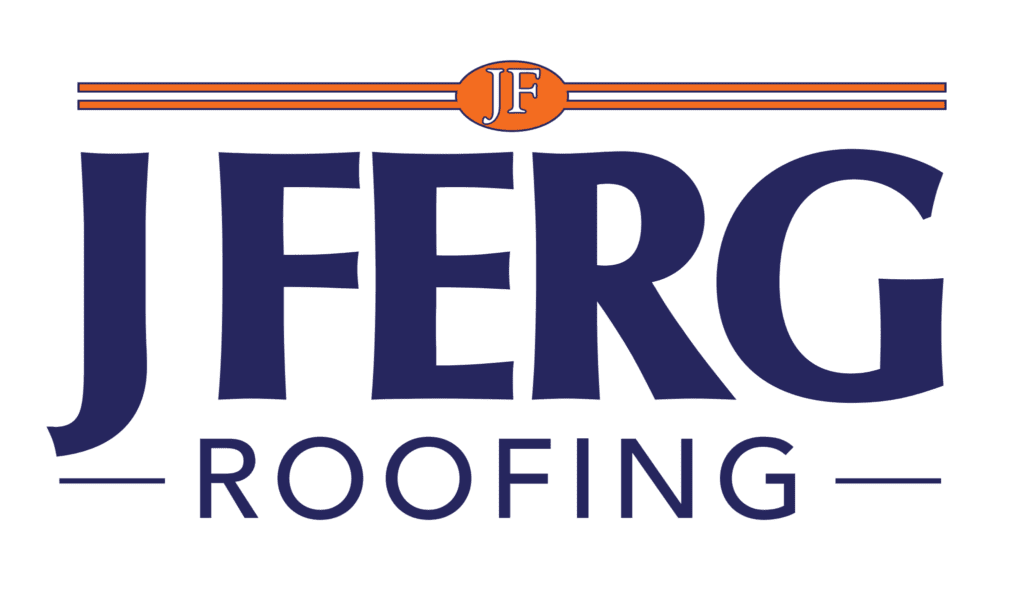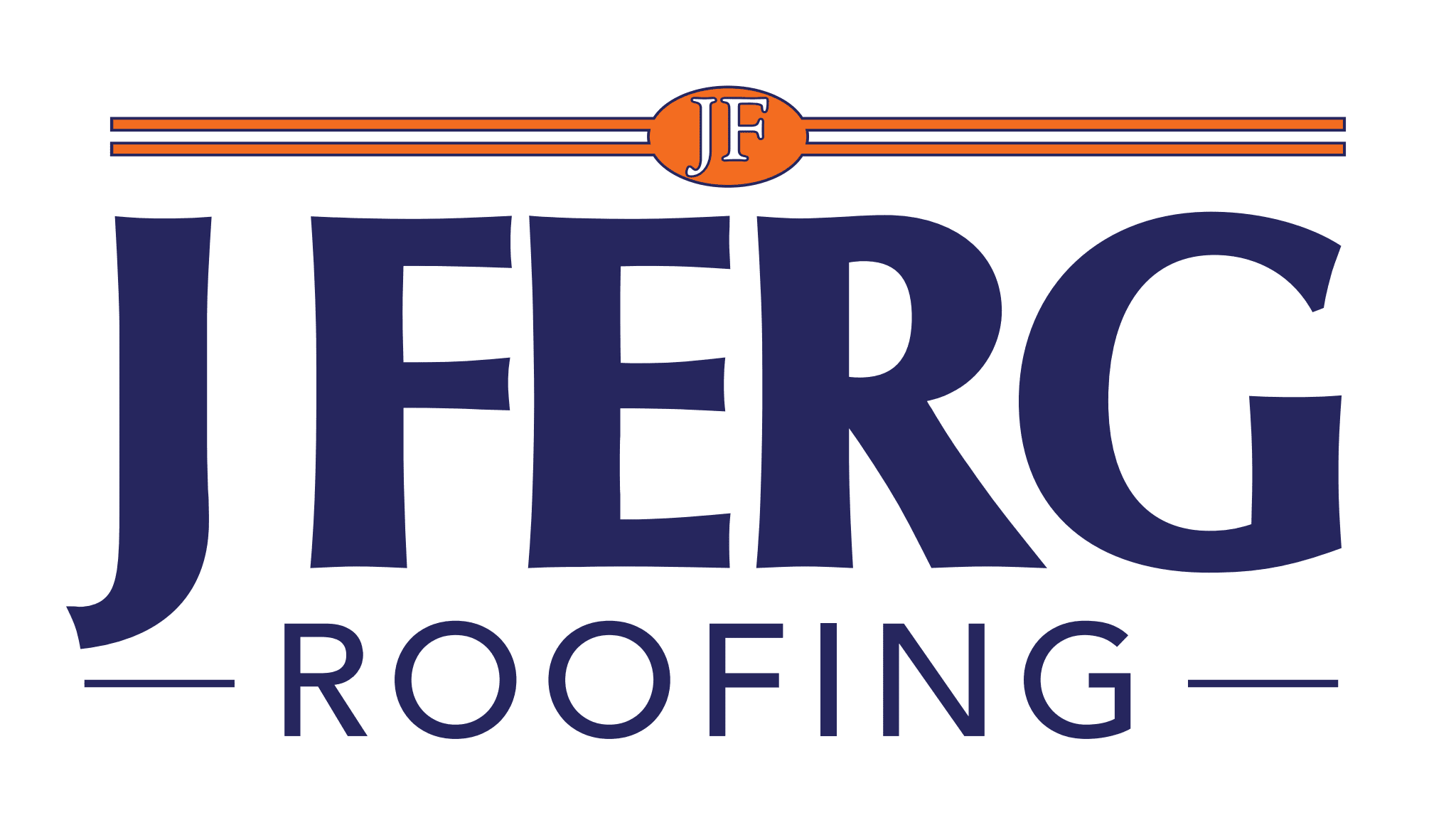J Ferg Knowledge Base
How Solar Panels Work in 4 Simple Steps
Solar panels represent the wave of the future. They are champions of renewable energy and alternative energy sources; however, most are unfamiliar with the detailed processes behind solar energy production. Solar energy is so much more than simply harnessing the sun’s power, and this article will explain the complexities.
Step 1: Sun
Solar panels are activated by sunlight. Contrary to widely held belief, this includes the indirect sunlight produced on cloudy days. While direct sunlight is preferable, both indirect and direct sunlight will power solar panels. The photons, or the smallest possible packages of electromagnetic energy, are what truly activate the solar panels. Sunbeams are packed with photons, and the sun sends enough sunbeams in one hour to power the whole Earth. The complicated part is harnessing all this energy. This activation paves the way for the next step: the beginning of energy conversion.Step 2: Solar Photovoltaics
Solar photons are converted into energy through a scientific process called the photovoltaic effect. According to Merriam-Webster Dictionary, Photovoltaic means of, relating to, or utilizing the generation of voltage when radiant energy falls on the boundary between different substances (such as two different semiconductors.) So, in simpler terms, think of using sunlight for energy when you hear the word. When producing energy, a voltage and current must be made. The photovoltaic effect is the process of generating voltage from a solar cell. This occurs as sunlight absorbs into the solar panels and voltage is added to create energy.Step 3: Conversion
Once solar energy is created, it must be converted into electricity. Solar energy starts as direct current (DC) electricity, but the electricity used to power homes is alternating current (AC) electricity. DC electricity can only travel one direction within a circuit, while AC electricity can travel two directions within a circuit. An inverter, a device within a solar panel that can convert solar energy from DC to AC electricity, is used to make the energy usable. The inverter converts the electricity by taking the AC electricity and switching the direction of a DC input back and forth quickly, which thereby turns it into AC electricity. This conversion allows energy to flow in both directions within the circuit as opposed to just one direction.Step 4: Enjoy
When the sunlight has been captured, absorbed, and converted into usable electricity, the process repeats itself and continues to power your home. Switching to solar energy is beneficial for the environment and your wallet. Any excess energy can be stored and even sold back to electricity companies through a process called net metering. Many states even offer tax credits that cover up to 26% of solar panel installation costs. If you are interested in saving money, helping the environment, and powering your home with clean, renewable energy, contact your local solar panel professionals at J Ferg Solar. In addition to our thorough knowledge about the inner workings of solar panels, we are offering 12 months free for a limited time only. We would love to help you start your solar panel journey.The First Step Is To Connect With Us.
Give us a call or use the contact form here to get in touch with a member of our team. From there, we will figure out the best course of action to get your needs taken care of.


